A Sea Change or Just a Fad?
If you’ve been following wedges closely for the last few years, you’ve noticed a trend toward higher CG (center of gravity). If you understand gear effect [learn about it HERE], the reasons for this change are obvious. Higher CG promotes lower launch and higher spin, meaning wedge shots that look like those of Tour players. But does it actually work in practice? Will we see a reversion to low CGs in a couple years? We did the testing to find out.
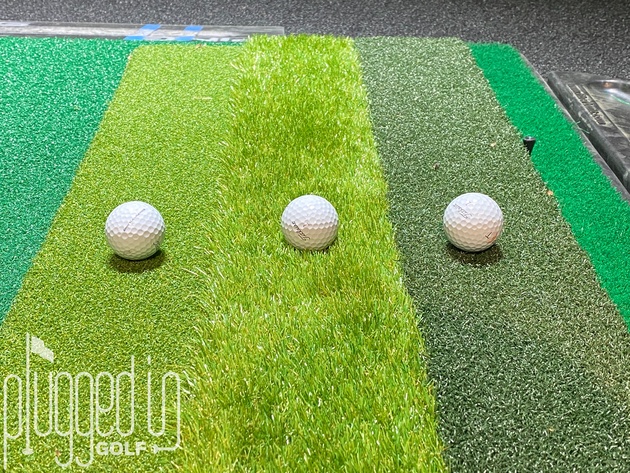
The Myths
Myth #1 – Higher CG creates lower launch angles
Myth #2 – Higher CG creates more spin
Myth #3 – Higher CG improves distance control
Myth #4 – Higher CG improves dispersion
Myth #5 – Higher CG creates more consistency
How We Tested
For this Golf Myths Unplugged, we tested three wedges. One was a major OEM wedge with a low CG, one was a major OEM wedge that claimed a high CG, and the third was an Edison wedge, which has the highest CG available at this time. All three were built with the same grip and shaft and to the same length, loft, lie specs.
We recruited six testers with handicaps ranging from +2 to 15. Each tester hit a total of 45 shots – 15 with each wedge, 5 from each lie on the Wittek Tri-Lie Mat [review HERE]. The order of wedges and lies was changed for each tester.
All testing was done at and with the help of Club Champion.

The Results
We start with the one unequivocal result in our testing. Every tester from every lie launched the Edison (highest CG) wedge the lowest. Additionally, in all but two cases, the lowest CG wedge launched the highest.
The gap between the lowest and highest launching wedges ranged from 1.7 degrees to over 4 degrees, depending on the lie. From a tight fairway lie, we saw the smallest gap – 1.7 degrees on average. However, the rough lies with the ball sitting up or nestled down produced differences of 4.1 and 3.3 degrees, respectively. This indicates an even stronger advantage for the high CG wedge when you’re in trouble.
The takeaway here is simple: if you want to flight lower wedge shots, higher CG is your friend.
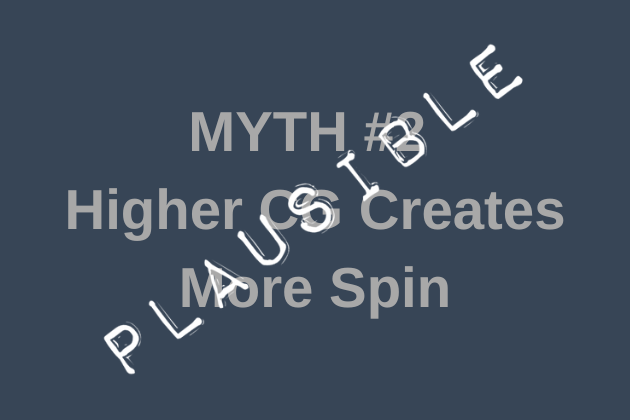
Turning to spin, we get a slightly murkier picture. In five of the eighteen test conditions (six testers, three lies each), the highest CG wedge produced the most spin. In ten it was in the middle, and in three conditions it was the lowest spinning.
Seeing more muddled results in spin makes sense because spin can be compromised by strike quality and interference between the ball and club face. It’s also important to note that, in many cases, the gaps between the clubs were quite small. For one tester, the gap between all three clubs was only 400 RPM out of a total of over 11,000 RPM.

Our distance control conclusion mirrors the previous one. Out of eighteen test conditions, the highest CG wedge produced the tightest distance dispersion (gap between the longest and shortest shots) seven times. In four tests it was the worst, in seven it was in the middle. Again, the differences between best and worst varied. Sometimes a couple yards separated top from bottom, other times the gap was much larger.
For this myth, there are a few other things to consider beyond the yardages. First is ball speed. The Edison wedge produced the highest ball speed and smash factor for every tester. Our two lowest handicap testers picked up on this immediately and mentioned that it was different than what they were used to.
Another thing to consider is how the ball will fly outside. It’s possible that the lower launch of a high CG wedge could improve performance in the wind, resulting in better distance control. Our testing was done indoors, so this is only a hypothesis.
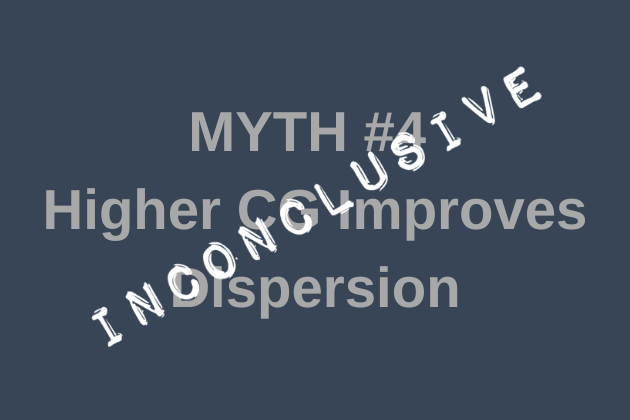
Our dispersion results were more polar than the previous two myths, leading us to deem this inconclusive. One tester, who games a low CG wedge, could not control the high CG wedge whatsoever. We had another tester, one of our low handicap players, who threw darts with the high CG wedge. The other four showed very modest differences between the three wedges. Three testers had best-to-worst gaps of only two yards.
The only additional note to add here is the same as was mentioned above. It’s possible that a lower launching wedge shot could perform better in the wind, leading to tighter dispersion. Again, this is only a hypothesis.

For this final myth, we looked at every part of the wedges’ performance – ball speed, spin, launch angle, and yardage. While the high CG was not better in every single instance, its performance was strong enough that we rate this “plausible plus.”
The area where we saw the biggest consistency win for the high CG wedge was launch angle. Especially from the rough, the high CG wedge produced a much more consistent launch angle. In the most extreme example, a tester hit four consecutive shots within 0.2 degrees of each other, then saw a nearly 7 degree gap between shots with the low CG wedge.
We found similar results – though not as stark – with spin. The high CG wedge produced tighter ranges of spin more often than not. As we’ve mentioned, sometimes these differences were not that big – a few hundred RPM – but in a couple instances the high CG wedge produced spin ranges that were 2000 RPM tighter than the others. The story was the same with ball speed.
Additional Notes
It’s my opinion that this test underrepresents the potential performance benefits of a higher CG wedge. Of our six testers, four game the wedge we used as our low CG wedge. One tester, after hitting a high CG wedge, stated that the low CG wedge “feels like home.” These kind of preferences are unavoidable in human testing, but they should be considered when evaluating the data.
The Takeaway
While OEMs will continue to offer a range of options, I expect the march toward higher CG in wedges to continue. Especially in the lower lofted wedges, higher ball speed and lower launch are too valuable in bridging the gap to modern iron sets. If you’re gaming older wedges that aren’t producing the ball flight and consistency you want, it’s time to get fit and explore the benefits of higher CG.
He founded Plugged In Golf in 2013 with the goal of helping all golfers play better and enjoy the game more.
Matt lives in the northwest suburbs of Chicago with his wife and two daughters.
- Performance Golf Click Stick Training Aid Review - October 18, 2024
- Callaway Opus Platinum Wedge Review - October 17, 2024
- When to Take a Break from Golf - October 15, 2024


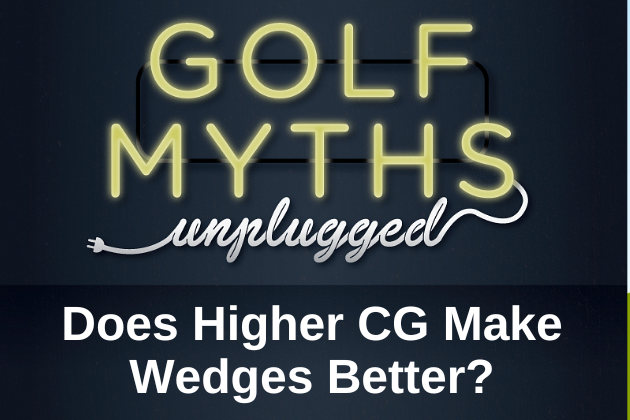


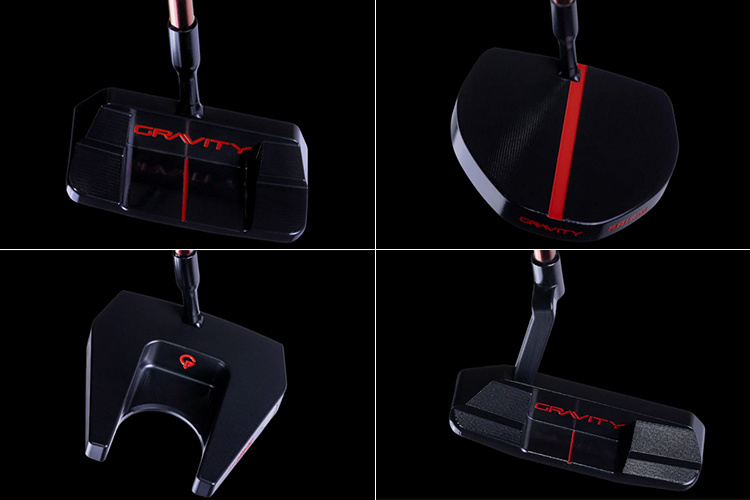










15 Comments
Thank you very much for this enlightening review and comparison of the Edison Forged wedges to conventional “tour design” models. While your testing did show a slight advantage of the unique Edison weighting to the others, in actual on-the-course testing by thousands of golfers, Edison Forged wedges have proven themselves superior over 95% of the time; our Performance Guarantee return rate is well under 5%. Thanks again for the article.
Very interesting. I have buddy that hits his wedges way to high and I am pretty sure his wedges have a lower CG so that would make sense.
Why is lower launch preferred with wedges?
George,
“Low” is relative, but the primary benefit is more predictable distance control due to less wind effect.
Best,
Matt
Jim
This was very enlightening, well done.
I will look into higher CG wedges right away. Thanks
Excellent article, I’ve been using Edison Wedges for 3 months now and my wedge came has never been better (was using Cleveland RTX4 wedges). Full shots are great but I find the close in touch shots are where the Edison really shines, not sure if its the higher CG or the design/bounce of the sole.
Thanks Matt. Where is a list of high Cg wedges? I’d like to look at them but it’s difficult to search online for wedges which promote that feature.
Jason,
I don’t know if that list exists in the public.
-Matt
Since your first reviews of the Edison wedges I have become intrigued by the potential performance benefits of high CG wedges. Does a lack of clubhead speed moderate the spin benefits of lower CG wedges? My clubhead speed has declined quite a bit in the last 10 years and I’m picturing a low knuckleball with zero spin falling out the sky 20 yards short of the target (it’s my golf nightmare). I get a lot out of your reviews; thanks for all your doing here.
Mark,
Regardless of your club head speed, a higher CG should result in higher spin due to gear effect. That said, the difference might be smaller for players who generate less speed or spin overall.
Best,
Matt
Great stuff Matt…thanks
I purchased a 55 degree Edison wedge two weeks ago. Am getting used to the club, but it has performed very well on all shots. I get more spin and with shots ending up closer to the hole. Your study results are the same as my on course results.
I am one of the 5%. I did not see any increase spin but did see the lower launch. The result was my shots ran out farther because of the lower trajectory.
I’ve been gaming Edison wedges (53 and 59) for 2 years. +3 handicap, and wouldn’t go back to traditional wedges. Flat launch with lots of spin, makes full and partial shots much more effective. The versatile sole also works everywhere around the green. I haven’t found a situation yet that would lead me back to low-CG wedge. Try em out!
I have been playing golf for over 50 years and have always been a good with my pitch and gap wedge., but terrible with my sand and lob. Got Edison 5 months ago and it has been the best thing for my short game. I have become very good inside 100 yards